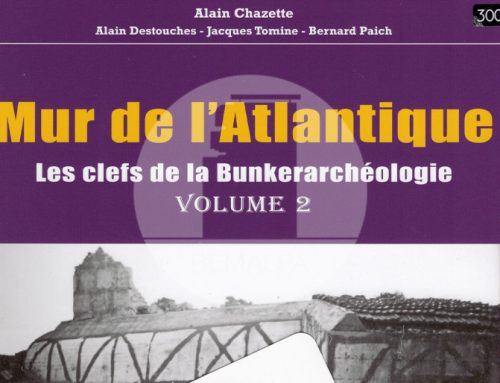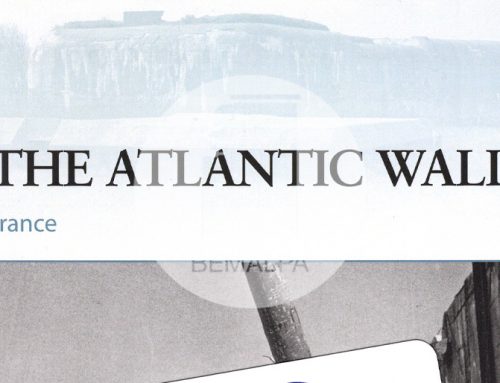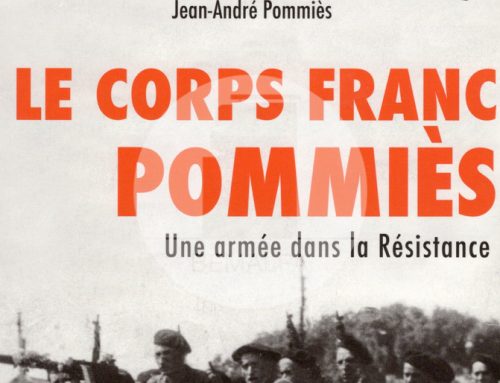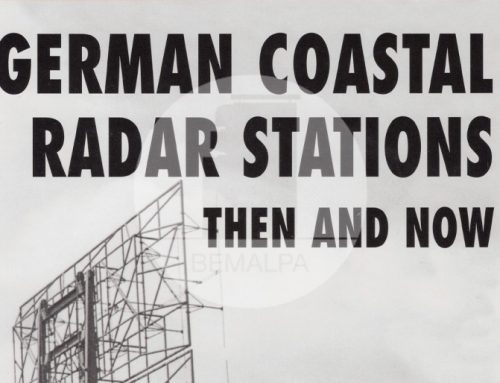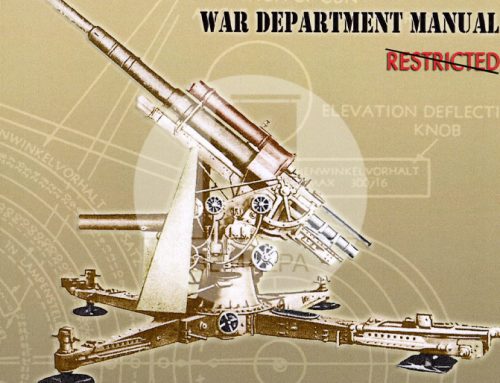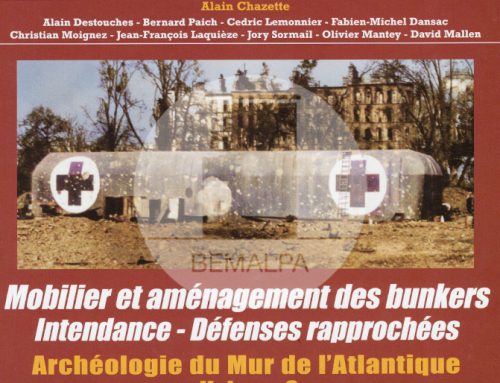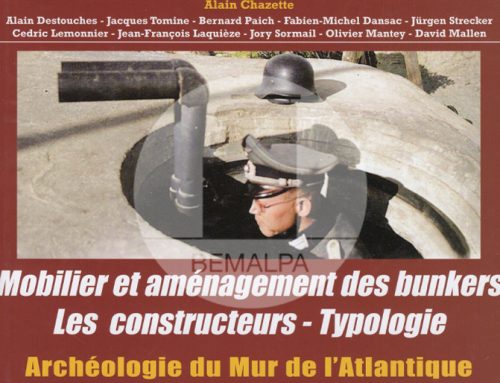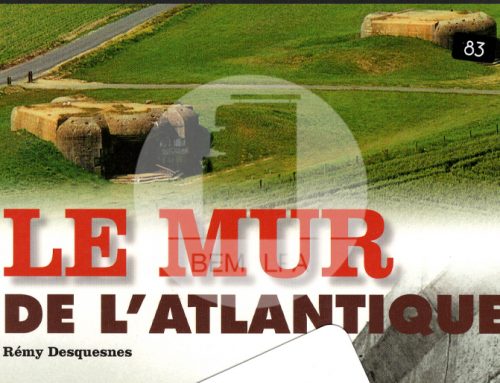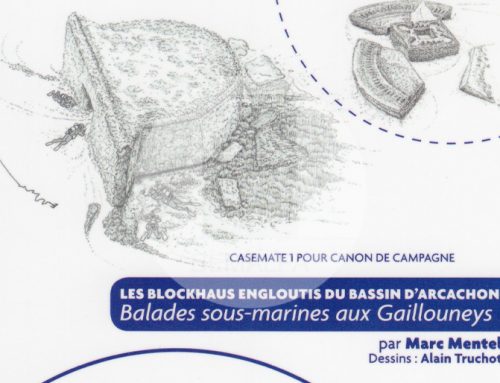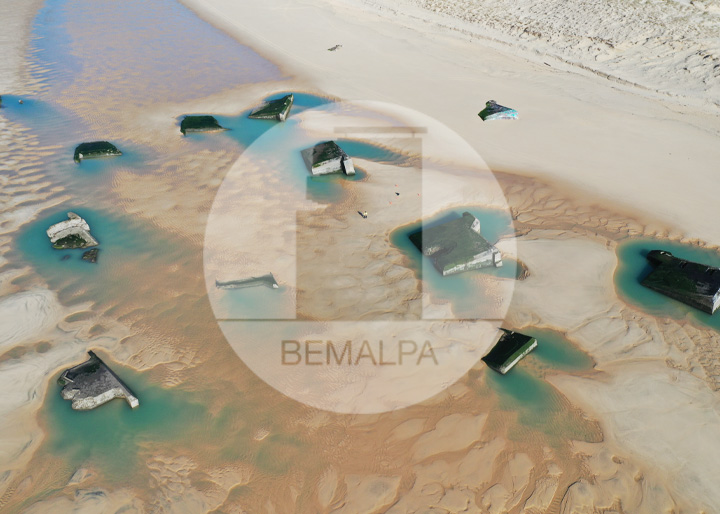Présentation du livre
Le livre « Atlantic Wall History and Guide« , par J.E. Kaufmann, H.W. Kaufmann, A. Jankovic et V. Tonic rejoint la bibliothèque du BEMALPA dédiée au Mur de l’Atlantique.
Le livre est un travail complet d’étude du Mur de l’Atlantique à l’échelle européenne. Il s’attache à traiter un large choix de sujets rattachés à la fortification et au fonctionnement du Mur de l’Atlantique.
L’ouvrage en anglais propose la particularité d’être écrit à la fois par des auteurs Américains, Slovène et Russe. Il propose donc une vision composite de la plus grande ligne de fortification militaire d’Europe autour de trois grands thèmes conducteurs : histoire du développement du Mur de l’Atlantique, design, et construction, visite de certains sites ouverts au public complétées de plans et de photos et, enfin, recueil d’illustrations types.

Sommaire
- Prelude to stagnation
- Testing the German defences 1940 – 1942
- Creating the Atlantic Wall
- The strategic value of the Atlantic Wall
- Guns and bunkers
- Bunkers and beaches
- Special equipment and weapons
- The Allies prepare, the Germans react
- Invasion : D-Day, 6 June 1944
- Consolidation
- Guide
Titre : The Atlantic Wall history and guide
Auteurs : Kaufmann, Jankovic et Tonic
Éditions : Pen and Sword.
Total pages : 368
ISBN : 9-781848-843875
Résumé de l’éditeur
Hitler’s Atlantic Wall, the complex system of coastal fortifications that stretched from Norway to the Spanish border during the Second World War, was built to defend occupied Europe from Allied invasion. Many of its principal structures survive and can be visited today, and this book is an authoritative history of them.
The wall, which was constructed on a massive scale between 1942 and 1944 by German engineers, forced labourers and troops, consisted of strongpoints, artillery casemates, bunkers, troop shelters, minefields, anti-tank and anti-boat obstacles. It also included the concrete U-boat and E-boat pens in the key ports and, behind the Channel coast, the V-weapon sites. This huge scheme of fortifications was one of the longest defensive lines in military history.
This history takes the reader – and visitor – through the entire story of the fortifications from the fall of France to the Allied breakthrough and the defeat of the German armies in Normandy. The narrative puts the extensive remains that can be seen today in a fascinating historical context.
As a guide to some of the most impressive relics of the Second World War, this book will be essential reading and reference for anyone who is interested in the history of fortifications, D-Day and the liberation of occupied Europe.
Ces articles peuvent vous intéresser

